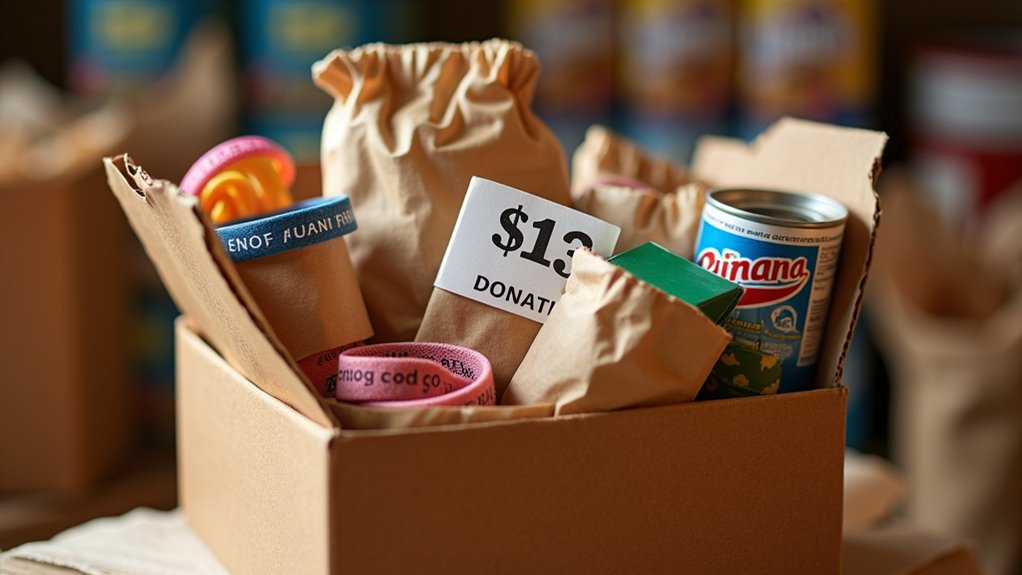Thousands of Taylor Swift fans, known collectively as “Swifties,” have mobilized a nationwide donation campaign to support food banks struggling with increased demand following recent cuts to the Supplemental Nutrition Assistance Program (SNAP). The fan-led initiative, organized by a coalition called Swifties for Hope, has encouraged supporters to contribute symbolic $13 donations, reflecting Swift’s well-known lucky number, though participants are welcome to give any amount they can afford.
Swifties turn fandom into action, filling hunger gaps with $13 donations inspired by their favorite artist’s lucky number.
The campaign gained substantial momentum on social media platform X, where Swifties leveraged hashtags and viral posts to raise awareness about growing food insecurity. Their efforts directly address the gap left by federal SNAP benefit reductions, which have affected millions of Americans who rely on the program for basic nutritional support. The coalition’s mission includes mobilizing fans to protect democracy while addressing immediate food security concerns.
Food banks across the country have reported significant increases in emergency food requests as a result of these policy changes. Many musicians have joined the cause by offering sync deals to provide royalty income from their music used in campaign videos.
Taylor Swift herself has contributed substantially to the cause, with personal donations that have provided emergency food parcels to over 900 individuals. Her philanthropic actions enabled one charity to purchase a considerable volume of supplies for immediate distribution, while also supporting longer-term relief efforts. The singer’s history of personal messages of encouragement to recipients, similar to her note to Trinity Foster during her cancer battle, has inspired many fans to include supportive notes with their contributions.
Media coverage of Swift’s giving has significantly amplified donor engagement for associated organizations. In response to Swift’s example, fan groups have established multiple GoFundMe fundraisers and forged partnerships with food banks to guarantee donations are managed effectively.
These collaborative efforts have facilitated transparent tracking of impacts, with local organizations reporting thousands of meals distributed through emergency programs. Many food banks have also noted increased volunteer participation correlating directly with Swiftie donation surges. The movement has embraced visual content across platforms to extend their reach and engage potential donors through compelling storytelling.
The phenomenon demonstrates how fan culture can transform into meaningful philanthropic action. Food bank directors have expressed gratitude for the timely support, particularly as they navigate the challenges of meeting heightened demand.
The Swiftie community’s emphasis on collective responsibility has resulted in donation volumes that rival or exceed those typically seen in celebrity-driven fundraising initiatives, highlighting the potential of fan-based movements to address pressing social needs.




